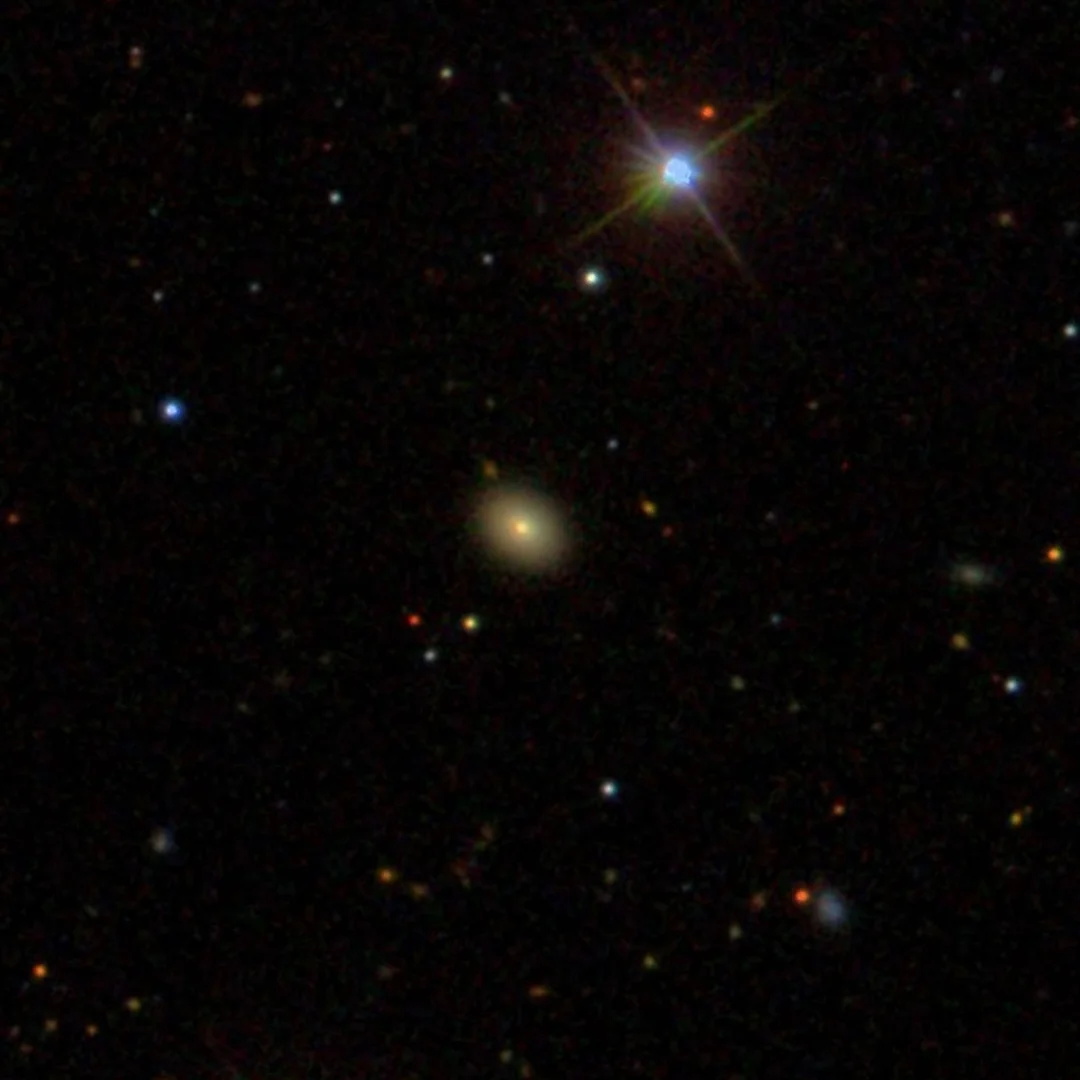
Cosmic Doomsday Clock: Star Spiraling Towards Black Hole Destruction in Just 6 Years
A star is on a collision course with a supermassive black hole, spiraling towards its doom in a mere six years. Astronomers are closely watching the cosmic drama unfold in a distant galaxy, where a star orbiting the black hole named "Ansky" is experiencing increasingly frequent and energetic X-ray bursts known as quasi-periodic eruptions (QPEs). This celestial event promises to provide unprecedented insights into the behavior of black holes and the fate of objects caught in their gravitational clutches.
Ansky, located approximately 300 million light-years away in the galaxy LEDA 3091738, was first identified by Lorena Hernández-García in 2019. It has since captivated the scientific community with its unique and powerful QPEs.

The latest findings, led by Joheem Chakraborty, a Ph.D. student at MIT, reveal that Ansky flares in X-rays roughly every four-and-a-half days, with each flare lasting about 1.5 days. These eruptions are the most energetic of the eight QPE sources discovered in the universe so far. The observations were made using NASA's Neutron star Interior Composition Explorer (NICER) aboard the International Space Station and the European Space Agency's XMM-Newton X-ray space telescope.
"These QPEs are mysterious and intensely interesting phenomena," said Chakraborty. "One of the most intriguing aspects is their quasi-periodic nature. We're still developing the methodologies and frameworks we need to understand what causes QPEs, and Ansky's unusual properties are helping us improve those tools."
The leading theory suggests that the QPEs are caused by a lower-mass object, likely a star, periodically plowing through the accretion disk of hot gas surrounding the black hole. Each time the star passes through the disk, it generates shockwaves and expels material equivalent to the mass of Jupiter at velocities up to 15% of the speed of light. This process heats the gas, producing the observed X-ray flares.
However, Ansky's QPEs are unique. "In most QPE systems, the supermassive black hole likely shreds a passing star, creating a small disk very close to itself," explains Hernández-García. "In Ansky’s case, we think the disk is much larger and can involve objects farther away, creating the longer timescales we observe."

The star's repeated passages through the accretion disk are taking a toll. Each QPE causes the star to lose orbital energy, spiraling it closer to the black hole. Researchers estimate that if the star is similar in mass to our Sun, it will take only another 400 QPEs – about five to six years – for it to lose all its orbital energy and be ripped apart by the black hole's tidal forces.
This prediction offers a rare opportunity to witness the complete destruction of a star in real-time. As the star's orbit degrades, the QPEs will become more frequent, providing valuable data about the star's mass and the dynamics of the accretion disk.
The data collected after NICER had a light leak accident in May 2023 have been used by NASA for research regarding Ansky.
NICER and XMM-Newton will continue to monitor Ansky closely, aiming to refine the prediction of when the star will meet its demise. This event will unleash a torrent of energy, allowing astronomers to observe a star being shredded by a black hole from beginning to end.
This study of QPEs also has implications for the future of astronomy. It will help prepare the science community for multimessenger astronomy, which combines observations of light, particles, and gravitational waves to understand cosmic objects and events. Future missions like ESA’s LISA (Laser Interferometer Space Antenna) hope to observe gravitational waves from extreme mass-ratio inspirals like Ansky, but that feat is currently impossible. Ansky is helping to make that possible by improving our models of the system.
The study results were published on May 6th in The Astrophysical Journal.
Will Ansky's fate unlock new secrets of black hole dynamics? What other insights will astronomers glean from this cataclysmic encounter? Share your thoughts and predictions in the comments below!